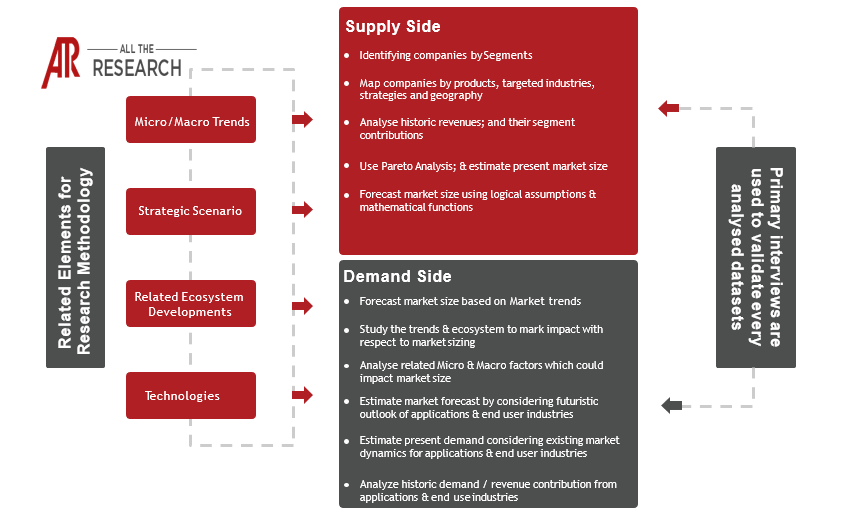The 5G mmWave Technology market is poised for significant expansion, driven by the increasing demand for high-bandwidth and low-latency connectivity across various sectors. This technology leverages the underutilized millimeter wave (mmWave) spectrum (typically 24 GHz to 100 GHz) to deliver significantly faster data transfer rates and greater network capacity compared to sub-6 GHz 5G. This report provides a comprehensive analysis of the market's current state, future prospects, key drivers, challenges, and competitive landscape.
Market Definition & Scope: 5G mmWave technology encompasses the hardware, software, and services required to deploy and operate 5G networks utilizing mmWave frequencies. This includes mmWave antennas, transceivers, base stations, network infrastructure, chipsets, and related services such as network planning, deployment, and optimization. The scope of this report covers the application of 5G mmWave across diverse verticals including, but not limited to: enhanced mobile broadband (eMBB), fixed wireless access (FWA), industrial automation, automotive, healthcare, and public safety.
Projected Growth & CAGR: The 5G mmWave Technology market is projected to experience a robust Compound Annual Growth Rate (CAGR) over the forecast period (2024-2030). This rapid growth is fueled by the increasing adoption of 5G mmWave in densely populated urban areas and industrial settings where high capacity and low latency are paramount. Specific CAGR figures will be detailed within the full report based on extensive market modelling and analysis.
Key Market Drivers:
Key Challenges:
Regulatory Focus:
Government bodies globally are actively involved in the 5G mmWave landscape. Regulations focus on spectrum allocation and auctions, promoting infrastructure development, and ensuring network security. The FCC in the United States, for example, has been a key player in releasing mmWave spectrum for 5G use and establishing rules for network deployment. Similar efforts are underway in Europe, Asia-Pacific, and other regions. Understanding these regulatory frameworks is crucial for market participants.
Major Players:
The 5G mmWave Technology market is characterized by the presence of major telecom equipment vendors, chip manufacturers, mobile operators, and infrastructure providers. Key players include:
Regional Trends:
Trends in M&A, Fund Raising, etc.:
The 5G mmWave market is witnessing increasing activity in mergers and acquisitions (M&A) as companies seek to consolidate their positions and expand their capabilities. For example, acquisitions of smaller companies with specialized mmWave technology by larger players are becoming more common. Furthermore, companies are actively raising funds through venture capital and private equity to support research and development, infrastructure deployment, and market expansion. The full report will detail notable transactions and financing trends within the sector.
This report provides a comprehensive overview of the 5G mmWave Technology market, offering valuable insights for stakeholders seeking to understand the market dynamics, opportunities, and challenges. The detailed analysis of market drivers, challenges, and competitive landscape will enable informed decision-making and strategic planning for successful participation in this rapidly evolving market.
The Report Segments the market to include:
By Component
By Frequency Band
By Application
By End-User
By Region

Ask for free product review call with the author

Share your specific research requirements for a customized report

Request for due diligence and consumer centric studies

Request for study updates, segment specific and country level reports
By Component
By Frequency Band
By Application
By End-User
By Region
